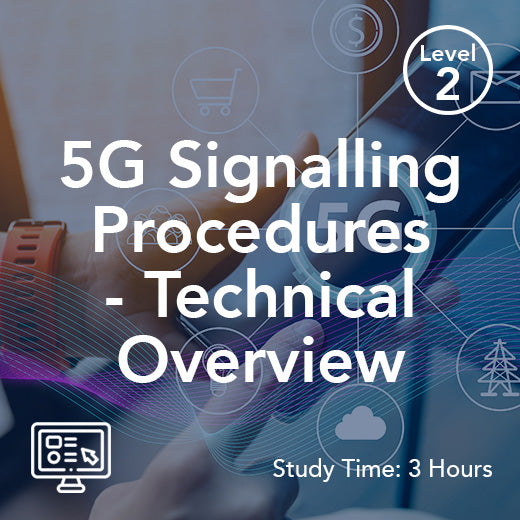Ters Ortak Kontrol Kanalı (RCCCH)
- , by Paul Waite
- 2 min reading time
Ters Ortak Kontrol Kanalı (RCCCH), Birleşik Krallık'taki telekomünikasyon ağlarının hayati bir bileşenidir. Mobil cihazlar ve baz istasyonları arasındaki iletişimi kolaylaştırmada önemli bir rol oynar ve aramaların, mesajların ve verilerin verimli ve güvenilir bir şekilde iletilmesini sağlar. RCCCH, baz istasyonlarının mobil cihazlara bilgi yayınlamak için kullandığı İleri Ortak Kontrol Kanalı'nın (FCCH) aksine ters yönde çalışır.
Mobil ağlar bağlamında, RCCCH, mobil cihazların baz istasyonlarıyla ilk temasını kurması için özel bir kanal görevi görür. Bir mobil cihaz açıldığında veya yeni bir kapsama alanına girdiğinde, ağa kaydolmak ve hizmetlere erişmek için en yakın baz istasyonuyla iletişim kurması gerekir. Bu ilk iletişim, mobil cihazın baz istasyonuna sinyal mesajları göndermesini sağlayan RCCCH aracılığıyla sağlanır.
RCCCH'nin temel işlevlerinden biri, mobil şebekelerde çağrı kurulum ve devretme sürecini desteklemektir. Bir mobil cihaz bir çağrı başlattığında veya çağrı sırasında hücreler arasında geçiş yaptığında, baz istasyonları arasındaki devretme sürecini koordine etmek için RCCCH üzerinden sinyal mesajları alışverişi yapılır. Bu, mobil cihaz farklı kapsama alanlarında hareket ederken çağrının bağlı ve yüksek kaliteli kalmasını sağlar.
RCCCH, çağrı ve konum güncelleme gibi ağ özelliklerinin etkinleştirilmesinde de kritik bir rol oynar. Bir mobil cihaz gelen bir çağrı veya mesaj aldığında, baz istasyonu RCCCH'yi kullanarak cihaza bir çağrı mesajı gönderir ve cihazı yanıt vermeye ve bağlantı kurmaya yönlendirir. Ayrıca, RCCCH konum güncellemesi için de kullanılır ve mobil cihazların mevcut konumlarını şebekeye bildirmelerine ve hücreler arasında hareket ederken kayıt bilgilerini güncellemelerine olanak tanır.
Ağ sinyalizasyonu bağlamında, RCCCH, ağ işletimi ve bakımı için gerekli olan çeşitli sinyalizasyon mesajlarını taşır. Bu mesajlar arasında kanal atama istekleri, devretme komutları, güç kontrol talimatları ve mobil cihazlar ile baz istasyonları arasındaki iletişimi yönetmeye yardımcı olan diğer kontrol bilgileri bulunur. Sinyalizasyon için özel bir kanal sağlayan RCCCH, kritik kontrol mesajlarının güvenilir ve kesintisiz bir şekilde iletilmesini sağlar.
RCCCH'nin verimli çalışması, Birleşik Krallık'taki mobil ağların genel performansını ve güvenilirliğini sağlamak için hayati önem taşır. Mobil cihazlar ve baz istasyonları arasında ters iletişim için özel bir kanal sağlayan RCCCH, çağrı kurulumu, devretme, çağrı gönderme ve diğer temel ağ işlevlerini kolaylaştırır. Ağ operatörleri, sinyal mesajlarının verimli bir şekilde iletilmesini ve mobil cihazların güvenilir bir şekilde bağlantı kurup sürdürebilmesini sağlamak için RCCCH parametrelerini dikkatlice tasarlamalı ve optimize etmelidir.
Sonuç olarak, Ters Ortak Kontrol Kanalı, Birleşik Krallık'taki mobil ağların temel bir bileşenidir ve mobil cihazlar ile baz istasyonları arasında temel iletişimi sağlar. Ters sinyalizasyon için özel bir kanal sağlayan RCCCH, çağrı kurulumu, devretme, çağrı ve diğer ağ işlevlerini desteklemede kritik bir rol oynar. Ağ operatörleri, Birleşik Krallık genelindeki mobil ağların sürekli performansını ve güvenilirliğini sağlamak için RCCCH'nin optimizasyonuna ve yönetimine yatırım yapmaya devam etmelidir.

































